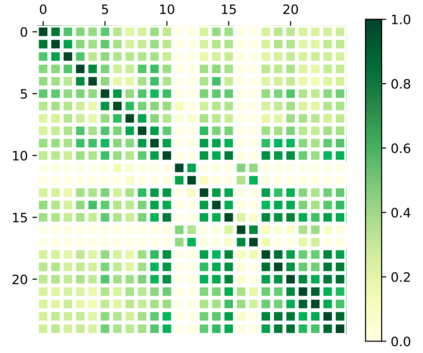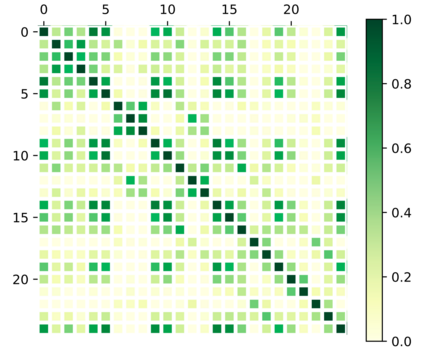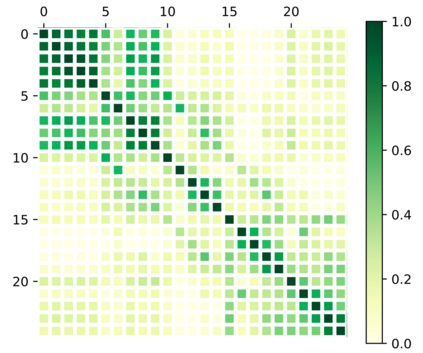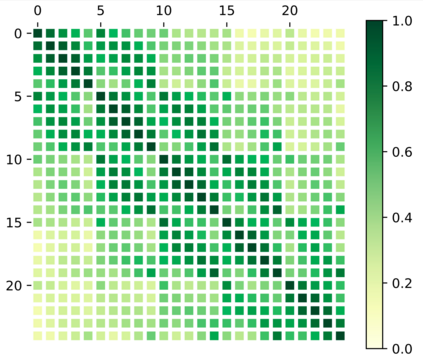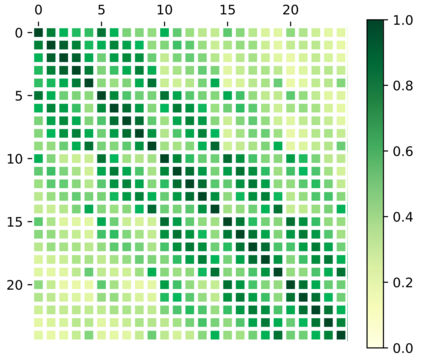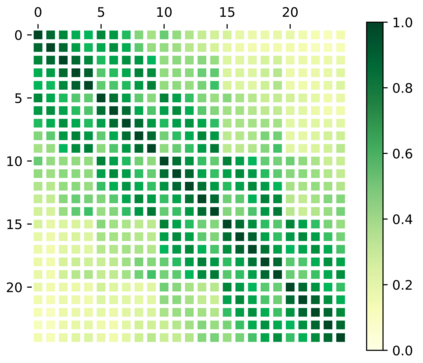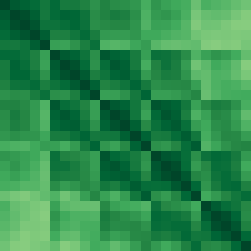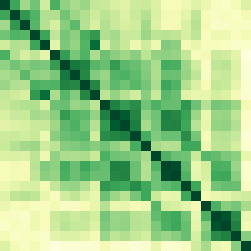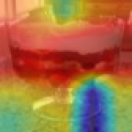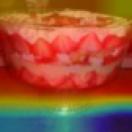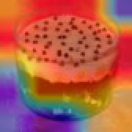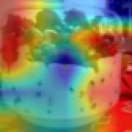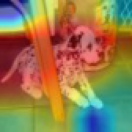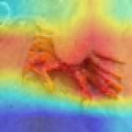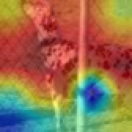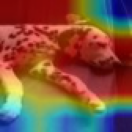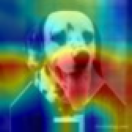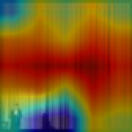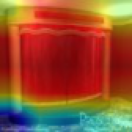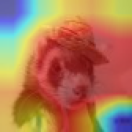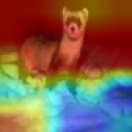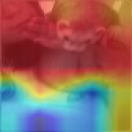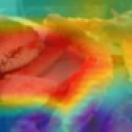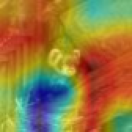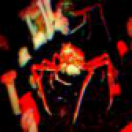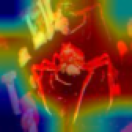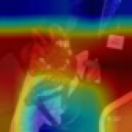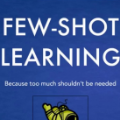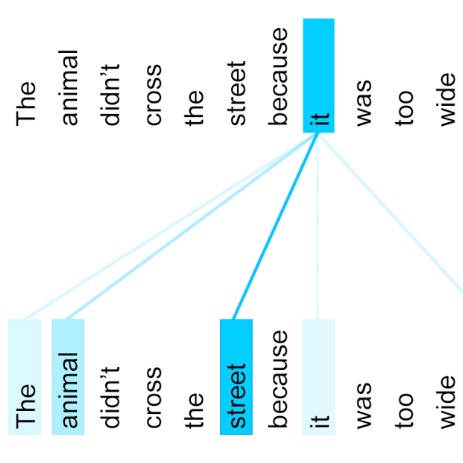Few-shot classification studies the problem of quickly adapting a deep learner to understanding novel classes based on few support images. In this context, recent research efforts have been aimed at designing more and more complex classifiers that measure similarities between query and support images, but left the importance of feature embeddings seldom explored. We show that the reliance on sophisticated classifiers is not necessary, and a simple classifier applied directly to improved feature embeddings can instead outperform most of the leading methods in the literature. To this end, we present a new method named \textbf{DCAP} for few-shot classification, in which we investigate how one can improve the quality of embeddings by leveraging \textbf{D}ense \textbf{C}lassification and \textbf{A}ttentive \textbf{P}ooling. Specifically, we propose to train a learner on base classes with abundant samples to solve dense classification problem first and then meta-train the learner on a bunch of randomly sampled few-shot tasks to adapt it to few-shot scenario or the test time scenario. During meta-training, we suggest to pool feature maps by applying attentive pooling instead of the widely used global average pooling (GAP) to prepare embeddings for few-shot classification. Attentive pooling learns to reweight local descriptors, explaining what the learner is looking for as evidence for decision making. Experiments on two benchmark datasets show the proposed method to be superior in multiple few-shot settings while being simpler and more explainable. Code is available at: \url{https://github.com/Ukeyboard/dcap/}.
翻译:少见的分类研究快速调整深层次学习者以理解基于少量支持图像的新课程的问题。 在这方面, 最近的研究努力旨在设计更多、更复杂的分类方法, 测量查询和支持图像之间的相似性, 但很少探索特性嵌入的重要性 。 我们显示对精密分类器的依靠没有必要, 直接应用于改进特性嵌入的简单分类器可以比文献中大部分主要方法更完善。 为此, 我们为少许分类提供了一种名为\ textbf{ DCAP} 的新方法。 我们研究如何通过利用\ textbf{ D} 来提高嵌入的精度。 但是, 我们提议在基础班上训练一个拥有丰富样本的学习者, 先解决密度分类问题, 然后在一组随机抽样中将学习者引入一些微调任务, 将它调整为微小的直径假设或嵌入的更高级设置, 将快速化的代码用于全球学习模型, 将显示在快速化的模型中, 将多少次的代码/ 。 将演示一个基础学习者, 将演示我们随机抽取的精选的直观任务, 将它调整成几幅的直观的直观的直观的直观的直观的直观的直观的直观定位, 。 。 将演示到快速地显示到直观的直观的直观的直观的直观的直观,, 将显示到直观的直观的直观的直观的直观的直观的直径径径径直观的直观的直观的直观的直观的直径径径径径直观的路径, 。 。 。 。 。 。 。




